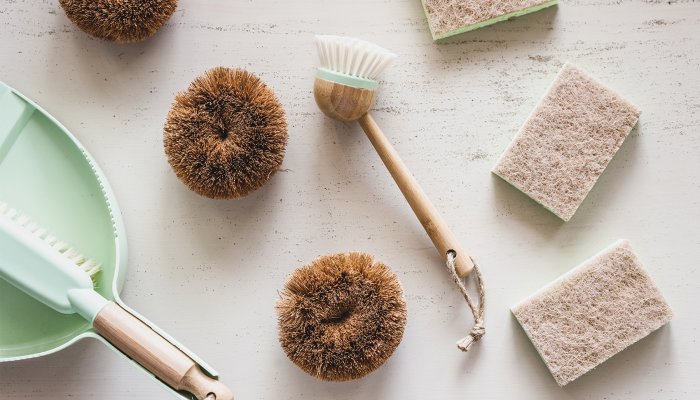
Go ahead and pop open the cover of your toilet tank and check the undersides. If there is mold present there, it could mean that you have mold somewhere in the house that’s providing the spores needed to start growing inside your toilet tank.
When it comes to checking your toilet, you might be thinking, “But it’s wet and dark. Seems like it’s bound to have mold…” Not really! You’re much less likely to find mold in the toilet tank than in other damp areas like the shower. The tank lid itself is heavy, but it’s not hermetically sealed, which means that it doesn’t allow for much air exchange.
Such little airflow means it’s not impossible for a rogue mold spore to find its way inside, but the chances are fairly slim. However, colonized mold inside a home releases a high volume of spores into the indoor air—much more than would naturally be present. More spores mean the chances of mold growth in the tank go way up. That’s why checking the toilet tank periodically can help alert you to a larger mold problem in your home. If it’s inside, there were enough spores in the air to opportunistically find their way to your toilet to start growing.
The type of mold found in toilet tanks completely depends on which species are present in the home. Aspergillus or Penicillium are some of the most common, but with so many species identified thus far, any types could be present. Such a large number of species also means that the mold inside the toilet tank could be a variety of colors, from pink or tan to black and green, as well as a range of textures, such as velvety or powdery.
